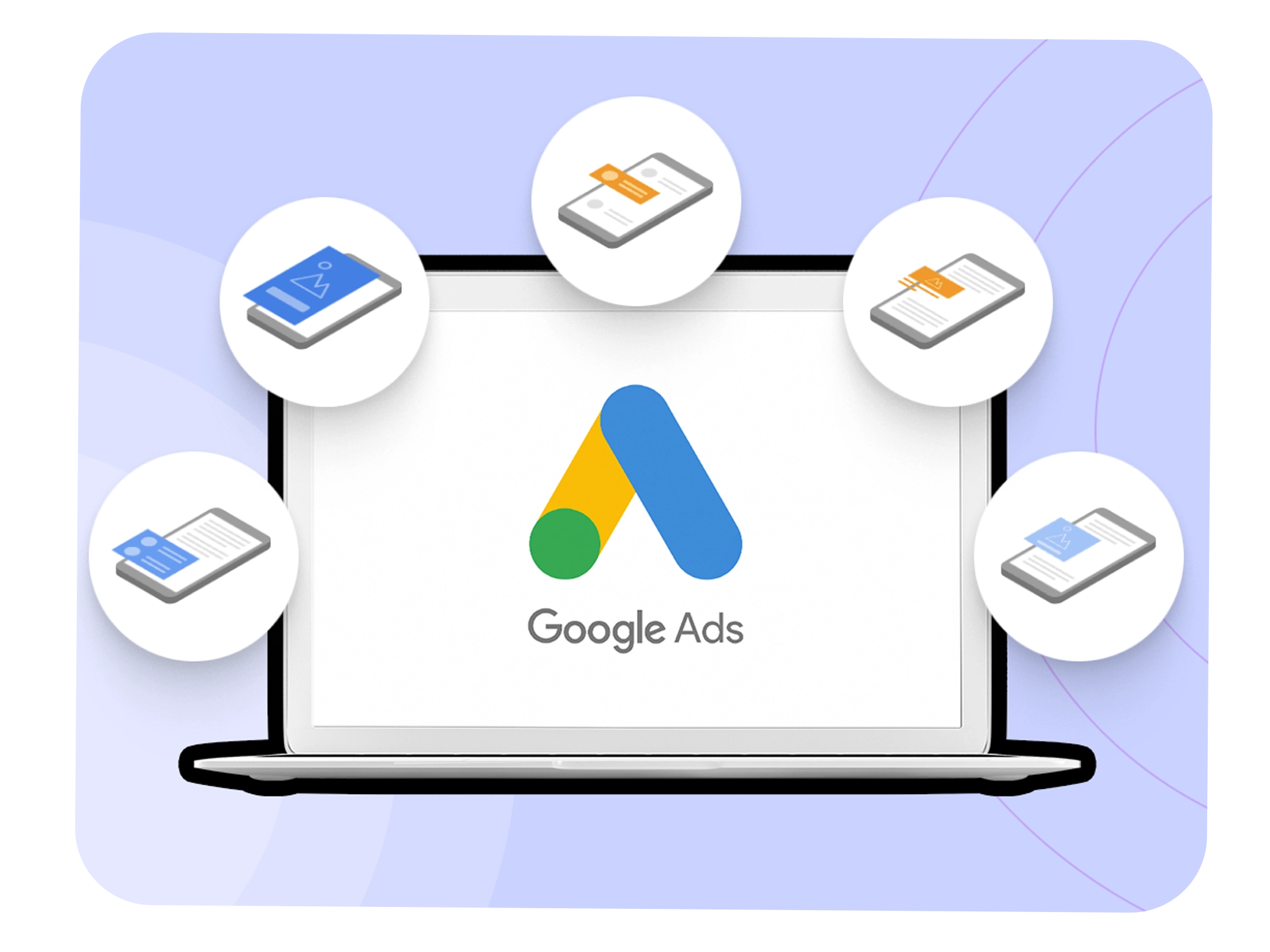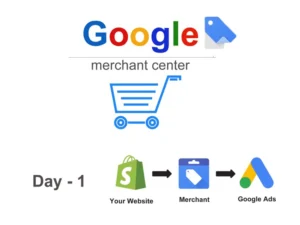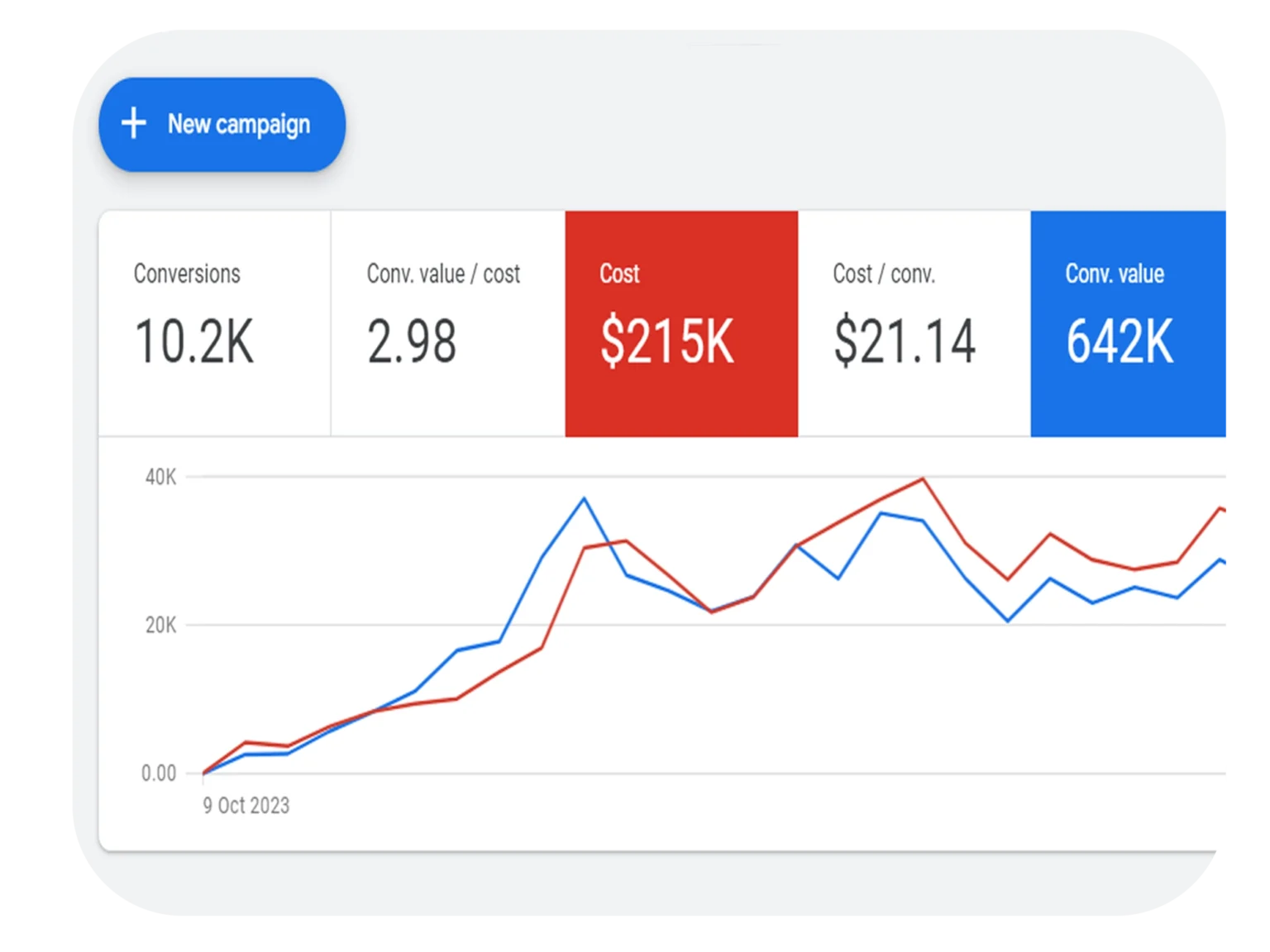


In the dynamic world of digital advertising, Google Ads remains a powerhouse for driving targeted traffic. While basic campaigns can yield results, unlocking advanced strategies is key to maximizing ROI. This guide dives deep into setting up sophisticated campaigns that leverage automation, precise targeting, and data-driven optimizations.
1. Choosing the Right Campaign Type & Goal
↳ Performance Max Campaigns: Ideal for cross-channel reach, combining Search, Display, YouTube, and more.
↳ Smart Campaigns: Use AI-driven goals like leads or sales.
↳ Custom Campaigns: Tailor Search, Display, or Video campaigns with manual controls.
Tip: Align your campaign type with business objectives (e.g., brand awareness vs. conversions).
2. Advanced Audience Targeting

↳ Custom Intent Audiences: Target users based on recent search behavior.
↳ In-Market Segments: Reach shoppers actively researching products.
↳ Remarketing Lists: Re-engage past visitors with RLSA (Remarketing Lists for Search Ads).
↳ Customer Match: Upload email lists for personalized ads.
Pro Tip: Layer demographics (age, income) with audience signals for hyper-targeting.
Health Awareness
3. Keyword & Negative Keyword Strategies
- Broad Match Modifiers: Balance reach and relevance (e.g., "+luxury +apartments").
- Dynamic Search Ads: Automatically target unlisted keywords based on your site content.
- Negative Keywords: Exclude irrelevant queries (e.g., "cheap" for premium brands).
- Tool: Use Keyword Planner to identify high-intent keywords with low competition.
4. Crafting High-Performing Ads
- Responsive Search Ads (RSAs): Let Google optimize headlines/descriptions.
- Ad Extensions: Add sitelinks, callouts, and structured snippets for visibility.
- A/B Testing: Rotate multiple ad variants to identify top performers.
- Key Metric: Monitor "Ad Strength" scores for RSAs to improve relevance.
5. Smart Bidding & Budget Allocation
• Automated Strategies:
- Target CPA: Optimize for cost-per-acquisition.
- Target ROAS: Maximize return on ad spend.
• Seasonal Adjustments: Increase bids during peak periods (e.g., holidays).
Best Practice: Allocate 70% of budget to top-performing ad groups.
6. Conversion Tracking & Analytics Integration
- Setup: Implement Google Ads tags or Google Tag Manager.
- Import Goals: Link Google Analytics 4 (GA4) to track micro-conversions (e.g., page views).
- Attribution Models: Compare “Data-Driven” vs. “Last Click” to understand user journeys.
7. Automation & Advanced Tools
- Smart Campaigns: Allow Google’s AI to adjust bids and placements.
- Scripts: Automate bid adjustments or pause underperforming keywords.
- Recommendations Tab: Implement suggestions for optimization opportunities.
Best Practices for Success
- Monitor Quality Score: Improve ad relevance, CTR, and landing page experience.
- Ad Schedule Adjustments: Run ads during high-converting hours.
- Privacy Compliance: Use Consent Mode for GDPR/CCPA regions.
Common Pitfalls to Avoid
- Overlooking negative keyword audits.
- Ignoring mobile-specific ad adjustments.
- Failing to test landing page variations.
